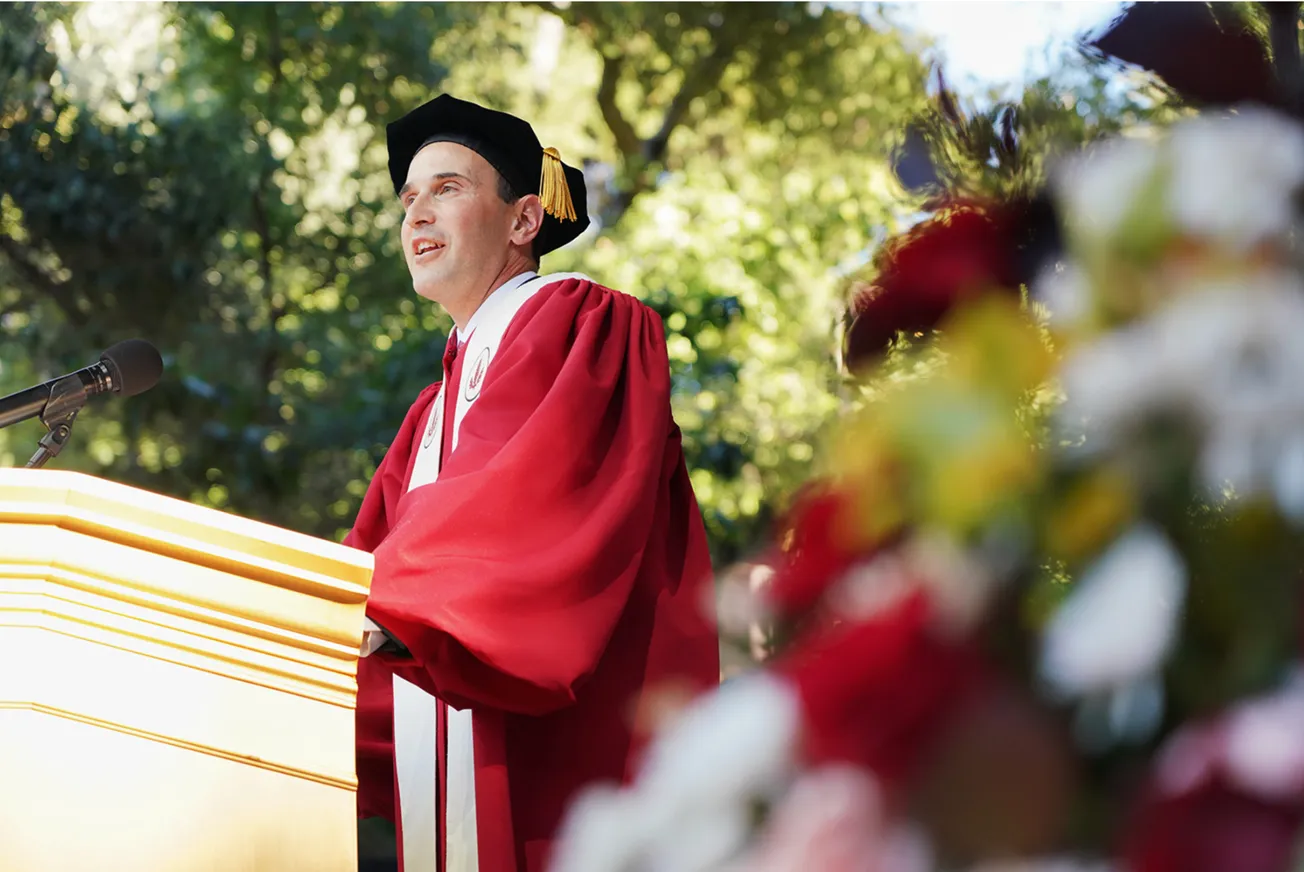Table of Contents
On November 7th, the United Nations convened a seven-nation summit—the DRC, Rwanda, Uganda, Kenya, Tanzania, Burundi, and the Republic of the Congo—in Nairobi, Kenya calling for an immediate ceasefire among the DRC’s messy, ethnically- divided factional divisions.
Current fighting pits the rebel soldiers of General Nkunda against the Congo’s official national military force in the northeastern corner of Congo’s sprawling territory. Fighting erupted in August even after a January peace accord ushered in a few months of peace. The reasons for renewed violence were unclear; General Nkunda, rebel leader, claimed that he was protecting his fellow Tutsis from Rwandan Hutu violence. After months of fighting, the rebels crushed national forces and advanced to Goma, the most strategically important city in the region.
The violence, however, has not been confined to government forces and rebel militias. Civilians, too, have been hit hard. Both sides have participated in mass rape, use of child soldiers, and other atrocities. As the rebels advance, thousands of civilians have fled into Goma, many sleeping in the street. Malnutrition is rampant and aid workers have not been operating at full capacity.
A History of Violence
Conflict is nothing new to the Democratic Republic of the Congo. Indeed, since its birth in 1960, the nation has known little political stability. The nation was ruled by the infamous Mobutu between 1965 and 1997, who established an iron-fisted regime and brutally purged the nation of its colonial past, best symbolized by his replacing Congo’s name with “Zaire.” During his reign, Mobutu accumulated massive amounts of wealth, while his nation lived in desperate squalor.
In 1997, Mobutu was overthrown by rebels aided by outside forces from Uganda and Rwanda in what was known as the First Congo War. The following year, however, saw the eruption of the continent’s largest modern war, dubbed the Second Congo War, directly involving eight African nations and more than twenty-five armed factions. Many experts claim that the war and its aftermath led to 5.4 million deaths. The period of conflict officially ended with the rise of the Congo’s “Transitional Government” in 2003. Since then, various other tensions have flared. The July 2008 elections were designed to bring stability, but ultimately failed to meet that objective.
Cursed?
Congolese disorder is partially funded by its vast and feral geography. The DRC is approximately the size of Western Europe but lacks a single roadway connecting its western coast and its eastern interior. The multi-ethnic nation contains, according to expert estimates, half of Africa’s forests and is rich with coltan, copper, and diamonds. Modern technology such as cell phones and laptops rely on the Congo’s supply of coltan.
The DRC has been hurt by its richness of resources. Stanford Professor Terry Karl includes the country in her schema of the “resource curse”—nations rich in resources, but, as a result, cursed to mismanagement and poor governance.
Will the Congo recover any time soon? Not, seemingly, in the near future.



